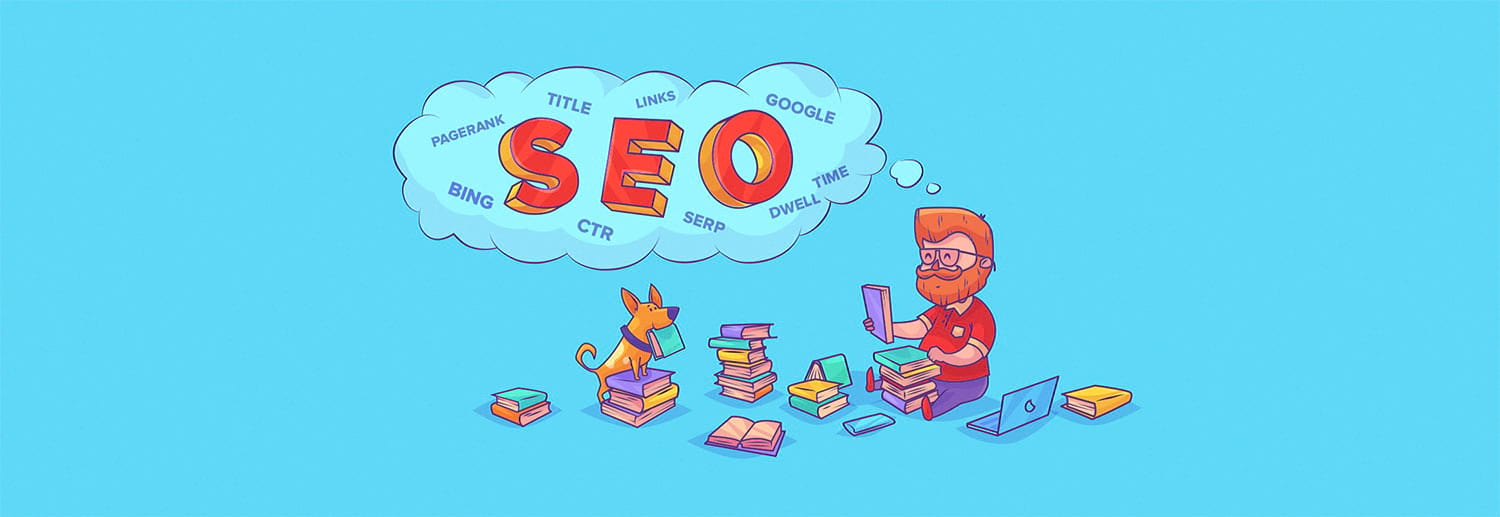What Freud Can Teach Us About seo for google images
An Unbiased View of Improving Your Rankings
Think of the last time you published an image to your site. Opportunities are you downloaded it from a stock photography site, submitted it to the backend of your website, and then inserted it to the page. This makes a shining example of image optimization, right? Not rather. You've included a giant bowling ball weight to your site that's decreasing the page speed.
Let's alter that.Over 20% of all U.S. web searches occur on Google Images, according to 2018 data from Jumpshot. SEO novices and pros alike know that optimizing images for your website is infamously worth the time spent. Dan Morgan at WebSpection got among his photos to rank # 1 in Google Images for "best person in Cardiff" in less than four days by optimizing his image.
ADVERTISEMENTCONTINUE READING BELOWWithout proper image optimization, you're wasting a valuable SEO asset. It resembles the online search engine are handing out Oreos and milk free of charge. However, you only take the Oreo. When in reality, the Oreo is way much better dunked in milk. Image optimization produces numerous benefits such as much better user experience, faster page load times, and extra ranking chances.
Some Ideas on Seo Tips You Need To Know

As Matt Southern explained, Gary Illyes' statement on image search in a current Reddit chat: But which elements are most crucial to guarantee your images are findable and do not decrease your site?Here are 11 important image optimization pointers you need to understand. Translating all the numerous image format can seem like your very first time purchasing at Taco Bell.
ADVERTISEMENTCONTINUE READING BELOWWhile there are numerous image formats to select from, the PNG and JPEG are the most typical for the web.: Produces better quality images, but features a larger file size.: You might lose image quality, however you can change the quality level to discover an excellent balance.
https://www.youtube.com/embed/uc9eZiGPg2Q
Typically, I just use JPEGs for larger, more seo tips for photographers visual images taken by a true photographer. However, for my everyday use, PNG is the method to go. Yep, hell hath no fury like a bloated web page after uploading an image that's not compressed. Online search engine will take a look at your websites like you might take a look at a huge barrel of Crisco: You can't seriously be thinking about putting that on you your site, right? According to HTTP Archive, images make up typically 21% of an overall web page's weight.
The Only Guide to Seo Tips For Bing

You can do this in Photoshop or you can utilize a tool like TinyPNG. TingPNG also has a WordPress plugin you can utilize too. However, I prefer WP Smush as my WordPress plugin. It decreases the image file size without removing the quality. Whatever plugin you use, ensure to discover one that compresses the images externally on their servers.
Increasingly.com improved site speed by 33%/ 2 seconds by compressing images. I suggest, there's just something attractive about faster page speed when after you compress your images. If you're not sure how your images are affecting your page speed, I recommend using Google's PageSpeed Insights tool. You want your pictures to pop on your website.
Too many websites are cluttered with the exact same generic stock pictures. Think of a corporate site, a consulting firm, a service that prides itself on client service. All these websites use essentially the same looking stock picture of a business owner smiling. ADVERTISEMENTCONTINUE READING BELOWI make certain you have actually seen one that appears like this: While you may have your stock images perfectly optimized, it won't have the very same effect or potential SEO advantages as an initial, high-quality image.
7 Easy Facts About Seo Strategies Described
Despite the image submits you choose to utilize, make certain there's no copyright conflict. The Postal Service is paying $ 3.5 million in an image copyright suit. And, Sketchers got sued for $ 2.5 million. If Getty, Shutterstock, DepositFiles, or some other stock image company owns an image you use, and you don't have a license to use it, then you're risking a costly claim.
If the owner of a piece of material sees their content on your website, they can release a DMCA Takedown which you need to abide by. ADVERTISEMENTCONTINUE READING BELOWGoogle Images allows you to filter results based on those readily available for reuse. And, Mindy Weinstein shares 41 different sites to discover free images. When it concerns SEO, developing descriptive, keyword-rich file names is definitely important.
It simply plain draws. Image file names alert Google and other search engine spiders regarding the topic of the image. Generally, file names will look like "IMG_722019" or something similar. That resembles ordering from a menu in a different language. It doesn't help Google. Modification the file name from the default to assist the online search engine understand your image and enhance your SEO value.
Our Seo Tips For Bing Diaries
Let's take this picture of chocolate for example: I might name it just "chocolate" but if you sell chocolate on your website, possibly every image can be named "chocolate-1," "chocolate-2," and so on. ADVERTISEMENTCONTINUE READING BELOWI named this image "dark-chocolate-coffee" to let users and online search engine understand the image. Alt tags are a text option to images when a browser can't appropriately render them.
When the image won't load, you'll get an image box with the alt tag present in the leading left corner. Ensure they fit with the image and make the image relevant. Taking notice of alt tags is likewise useful to the total on-page SEO method. You desire to make certain that all other optimization locations remain in location, but if the image fails to fill for any reason, users will see what the image is expected to be.
Even Google has said on the worth of alt text in images. ADVERTISEMENTCONTINUE READING BELOWIt offers Google with beneficial info about the topic of the image. We utilize this info to help determine the best image to return for a user's question. Alt text is required under the American Disabilities Act for individuals who are not able to view images themselves.
